Andalusia is a region full of colors, traditions, and stunning whitewashed villages known to almost every traveler. But beyond these classic pueblos blancos, you’ll also discover places that stand out for their originality. Villages where every house is painted blue, settlements hidden beneath massive rock walls, or mysterious towns filled with fairytale creatures and witches – all of this makes Andalusia a destination full of surprises.
In this article, we’ll explore the most unique villages of Andalusia that you won’t see just anywhere. They offer not only a charming atmosphere but also unforgettable stories. And if you’re planning a trip, don’t forget to check the latest accommodation options in Andalusia >>.
Table of Contents
Júzcar – the Blue Village Among Andalusia’s White Towns
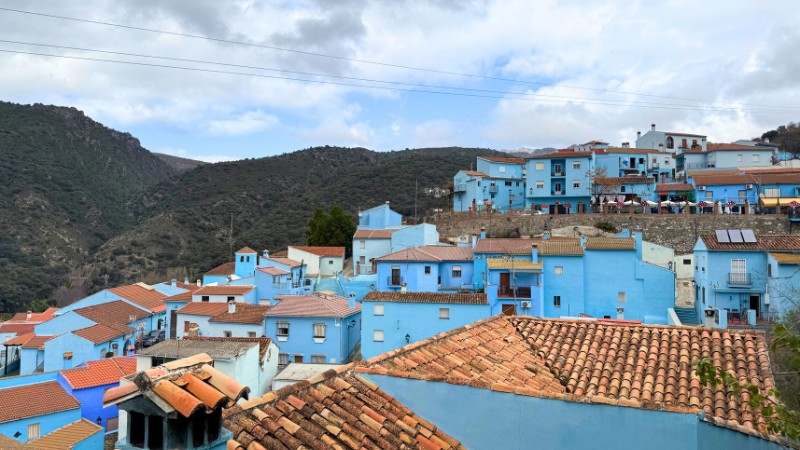
Júzcar is a small Andalusian village that gained worldwide fame thanks to its unusual appearance. Unlike the typical whitewashed towns characteristic of Andalusia, every house in Júzcar is painted blue. This transformation happened in 2011, when the village was chosen as the backdrop for the premiere of the Smurfs movie. Locals decided to keep the blue color, and thus Júzcar became the famous “Smurf Village,” attracting visitors from all over the world.
For several years, the streets of the village were not only blue but also decorated with murals and Smurf characters, delighting especially children. After long legal disputes, the little blue friends had to disappear from the town – but the color and fairytale spirit remained. In the local restaurant, you can even try a blue burger.
Besides the colorful houses and breathtaking views of the surroundings, Júzcar offers visitors a fun experience: at the info point you can pick up a map highlighting attractions around the village, including a zip line station where you can glide over the blue rooftops.
Explore the best accommodation in Andalusia – hotels and apartments >>
Setenil de las Bodegas – the Village Beneath the Rocks
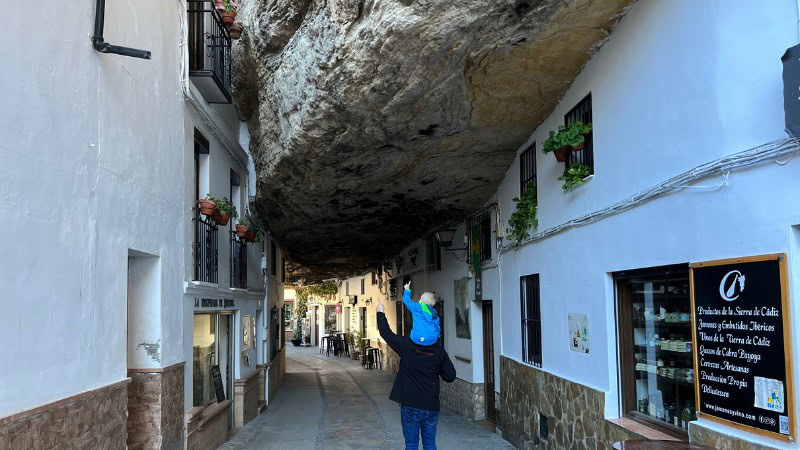
Setenil de las Bodegas is one of the most unusual villages in Andalusia. Its houses are not built on the rocks, but carved directly into enormous stone overhangs. Streets here are partly covered by huge rock formations, creating a unique atmosphere – as if you were walking through a hidden cave town. This construction method also provided natural protection for the inhabitants against the scorching Andalusian sun.
Setenil de las Bodegas has managed to preserve its traditional Andalusian charm with whitewashed houses, winding narrow streets, and cozy tapas bars tucked into the natural rock formations. What makes this village so special is not only its one-of-a-kind architecture, but also its outstanding gastronomy – from locally produced olive oil and quality wines to the region’s famous cured meats. Curious to discover more? Check out our complete guide to the best things to see and do in Setenil de las Bodegas >>
Soportújar – the Village of Witches
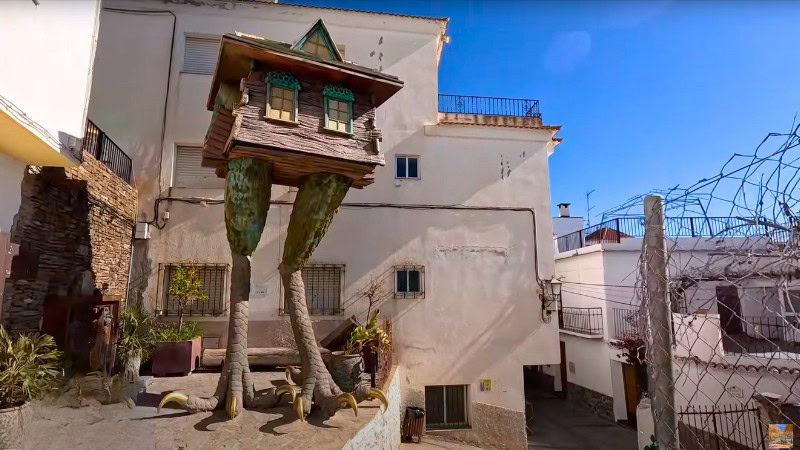
Soportújar draws you into a mysterious world of magic, legends, and witchcraft. At the entrance, you’re greeted by a statue of a witch stirring a cauldron, and as you wander the narrow streets, you’ll encounter giant spider webs, a dragon’s cave, or the hut of Baba Yaga. The entire village is dotted with magical symbols, murals, and installations recalling old tales of witches said to have lived here.
The atmosphere of Soportújar comes alive during the Embrujo de Soportújar (The Spell of Soportújar) festival, when the village transforms into a huge mystical stage. Visitors can enjoy parades, fire shows, workshops, and spooky decorations that give the town a truly magical flair.
Explore the best accommodation in Andalusia – hotels and apartments >>
Parauta – the Village of Elves and Fairies
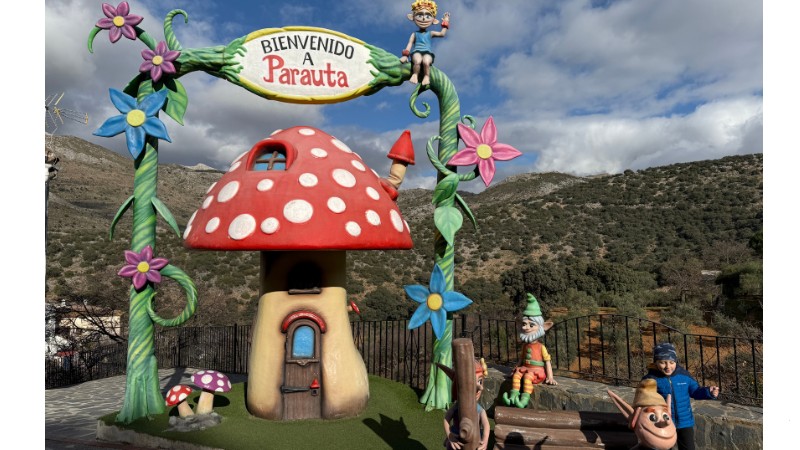
Parauta is a small village in the Serranía de Ronda mountains that acts as a gateway into a fairytale world. As you stroll through its whitewashed streets, you’ll come across sculptures of elves, fairies, and other magical beings scattered throughout the village. Colorful murals and whimsical decorations add to the feeling that Parauta is one big fairytale stage.
The magic doesn’t end in the village itself – a trail through the surrounding countryside continues the fantasy journey, where you might even come across a rainbow unicorn. Children love discovering the enchanted figures at every corner, while adults appreciate the calm streets and chestnut forests that change their colors with the seasons. Parauta is a perfect destination for families as well as travelers seeking something original and out of the ordinary.
Genalguacil – the Open-Air Museum
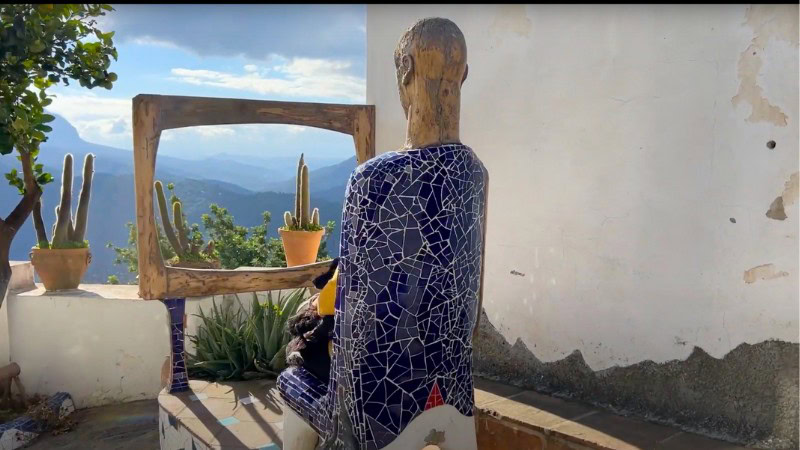
Genalguacil is often called an “open-air museum,” and with good reason. The village is famous for its art symposiums that bring together artists from all over the world. The result is that almost every corner is adorned with sculptures, paintings, installations, and artistic details that permanently enrich the village streets and squares. Genalguacil thus offers a unique blend of traditional white Andalusian architecture and contemporary art.
Set in the beautiful Genal Valley, the town also provides breathtaking views of the surrounding nature. Genalguacil is the perfect spot for travelers who want to combine culture, art, and exploration of an original Andalusian atmosphere.
Explore the best accommodation in Andalusia – hotels and apartments >>
Cartajima – the Colorful Village of Murals
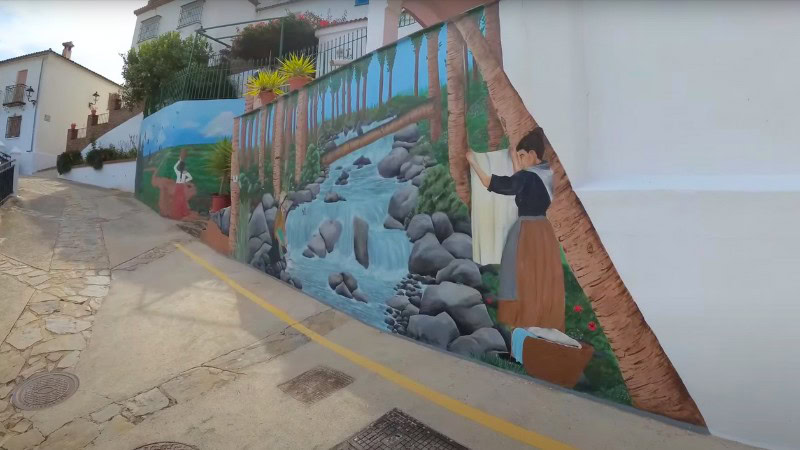
Cartajima is a small village hidden in the Serranía de Ronda mountains, and unlike typical white Andalusian villages, it is famous for its murals covering house facades. These vibrant paintings depict local life, nature, traditions, and everyday scenes, turning the town into an open-air gallery.
The murals combine realistic and imaginative motifs – from olive groves and mountains to animals and village life scenes. Each house tells its own story, offering visitors a unique visual experience around every corner. Cartajima is a must-visit stop for travelers in search of something creative and different in Andalusia.
Yegen – the Book Village for Literature Lovers
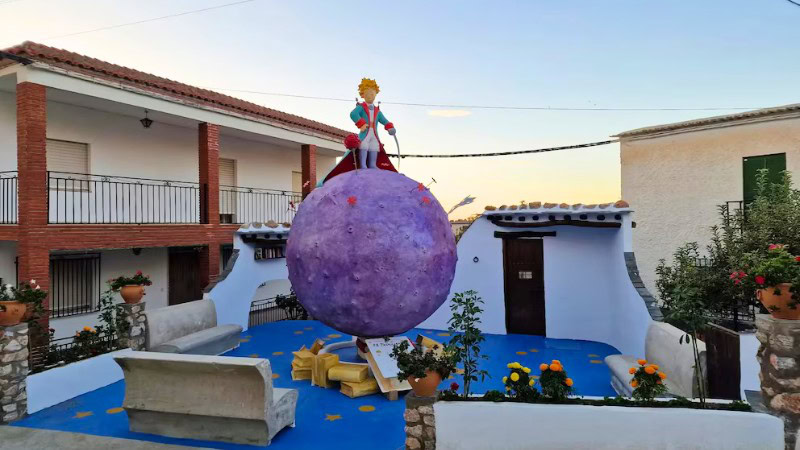
Yegen is a picturesque village in the Alpujarras mountains that has earned the nickname “The Book Village.” It was made famous by British writer Gerald Brenan, who lived here for years and wrote about life in the Alpujarras. His presence and legacy left a lasting literary imprint on the village, reflected in cultural events, readings, and workshops.
Yegen’s identity as the “Book Village” is also visible in its decoration: fountains shaped like books, benches designed as open books painted by local artists, and literary motifs inspired by classics such as The Little Prince or Harry Potter. A unique book exchange culture has also emerged – for example, in nearby Mecina Bombarón, an old telephone booth has been transformed into a tiny library.
The white houses and narrow alleys blend with these literary details, creating a magical atmosphere. Alongside its cultural richness, Yegen also offers wonderful mountain views and the peaceful charm of traditional Alpujarras villages. The combination of art, books, history, and nature makes Yegen a must-visit for literature lovers and anyone seeking an unusual Andalusian experience.
Book your hotel in Andalusia and discover the uniqueness of its villages >>
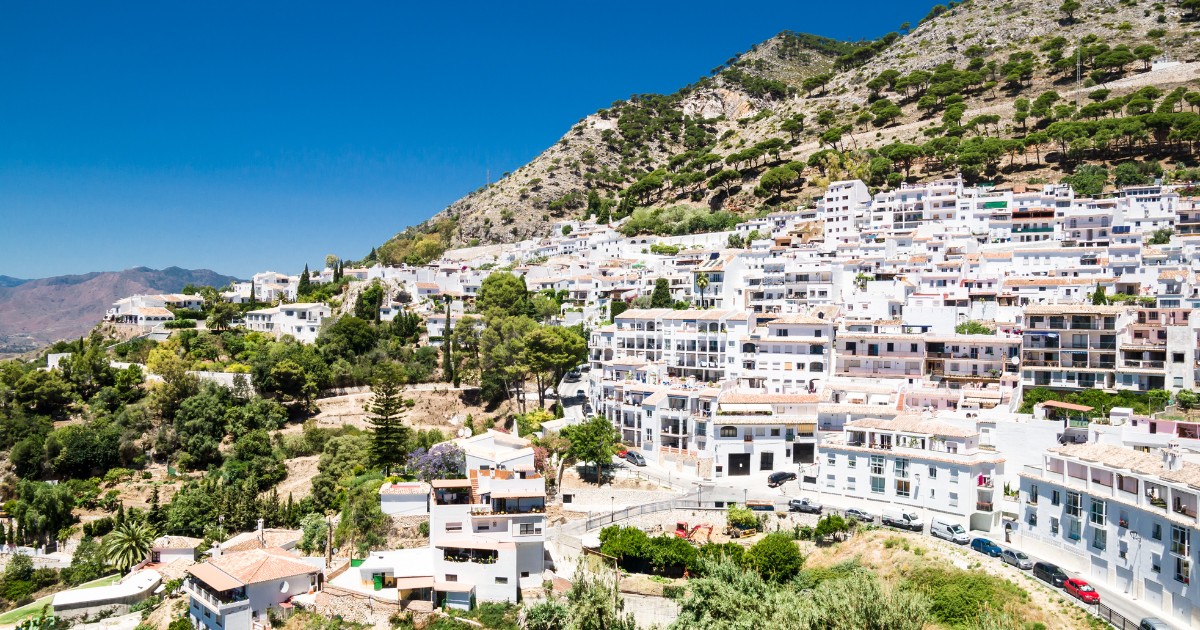


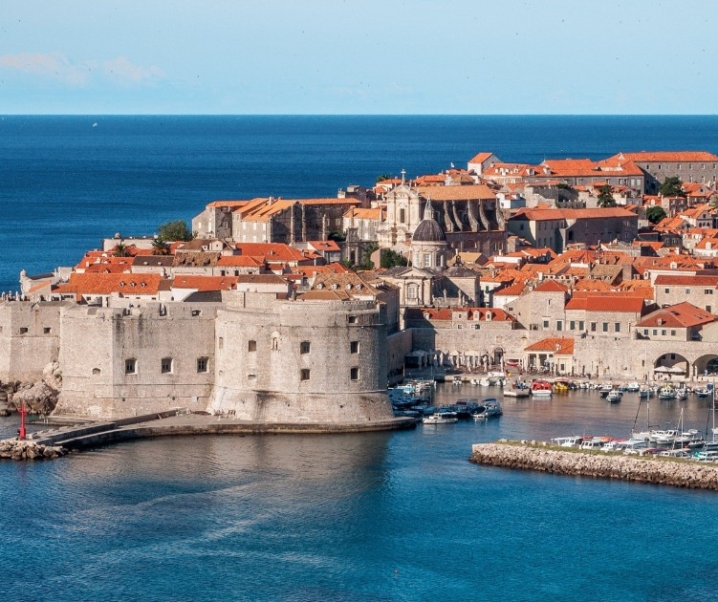

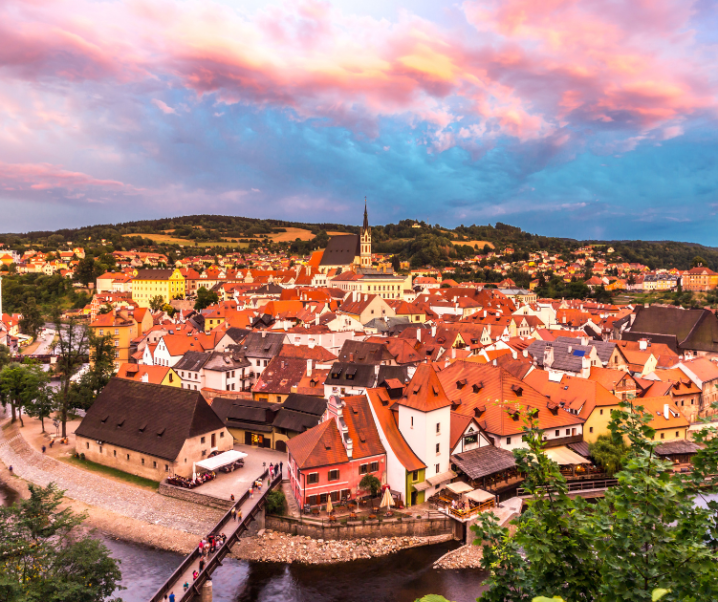
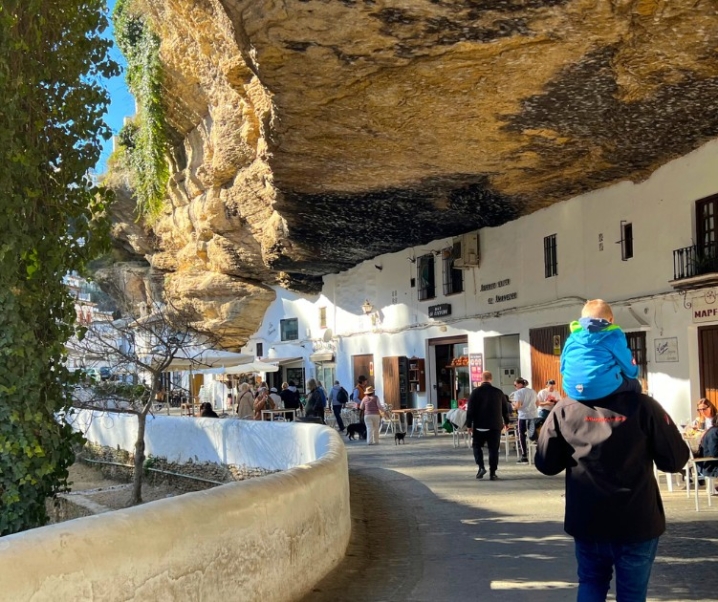
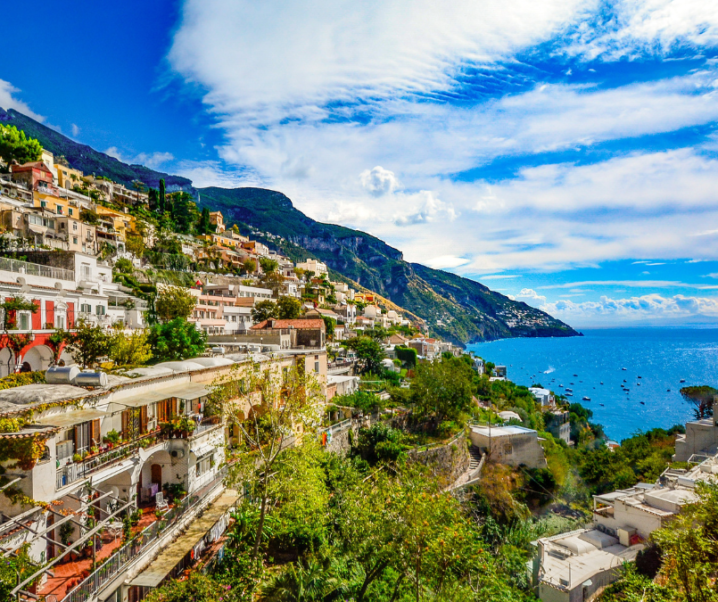


What do you think?